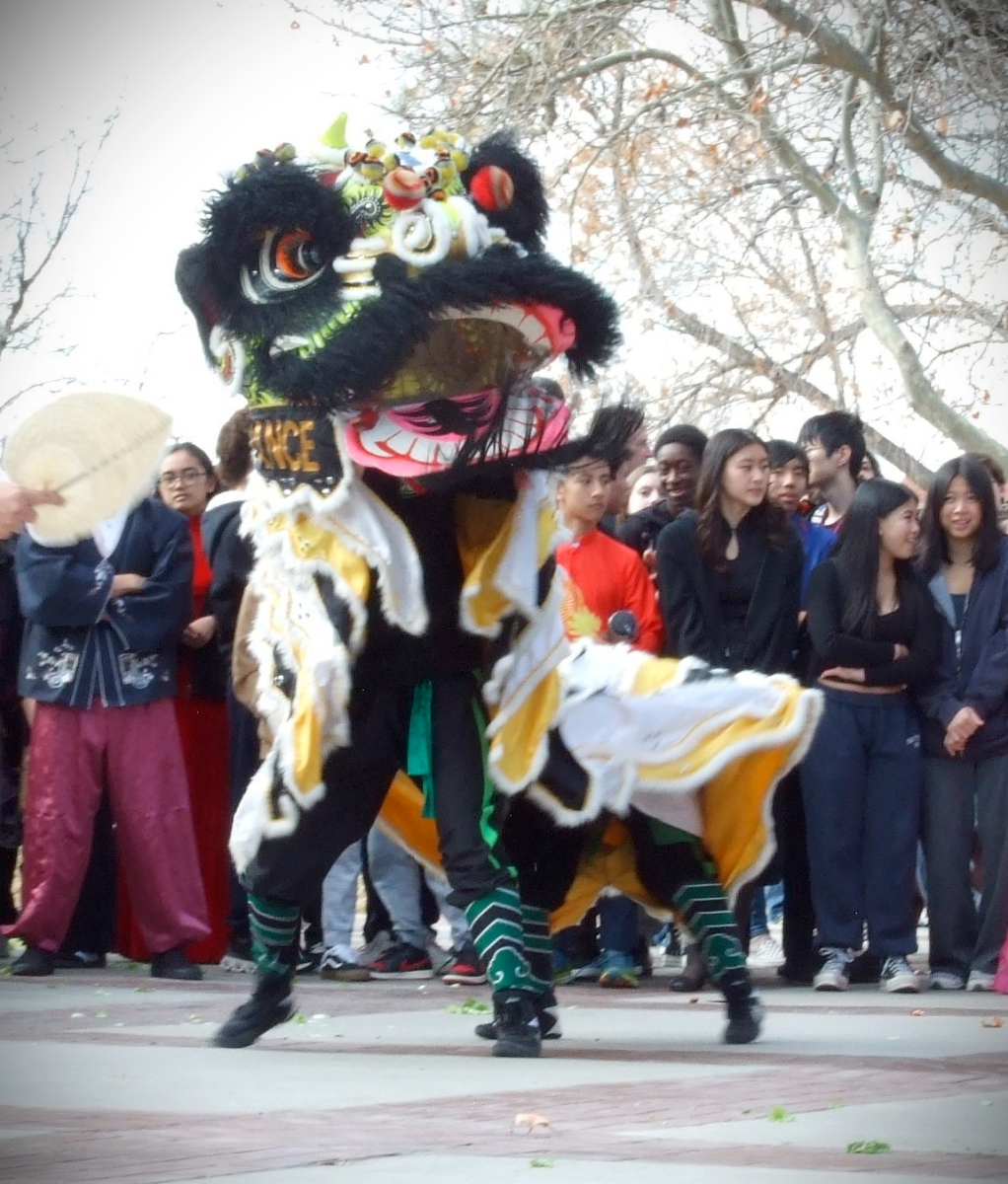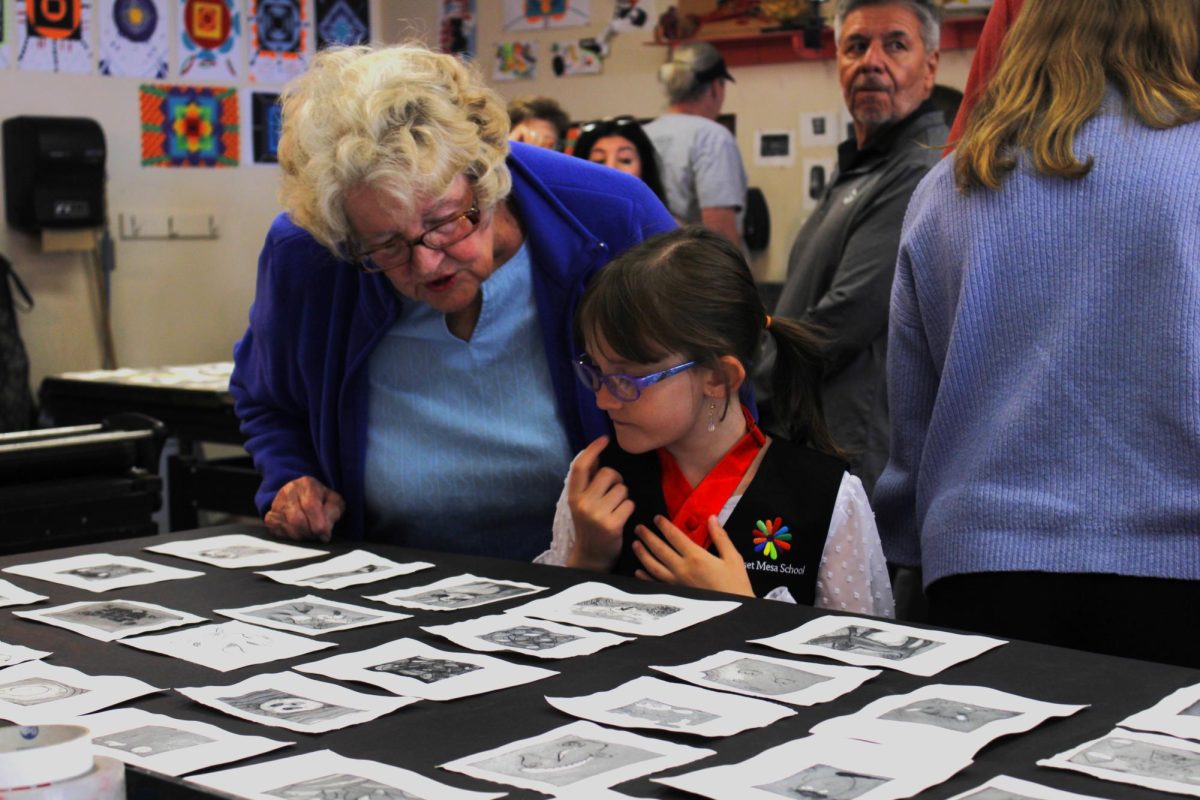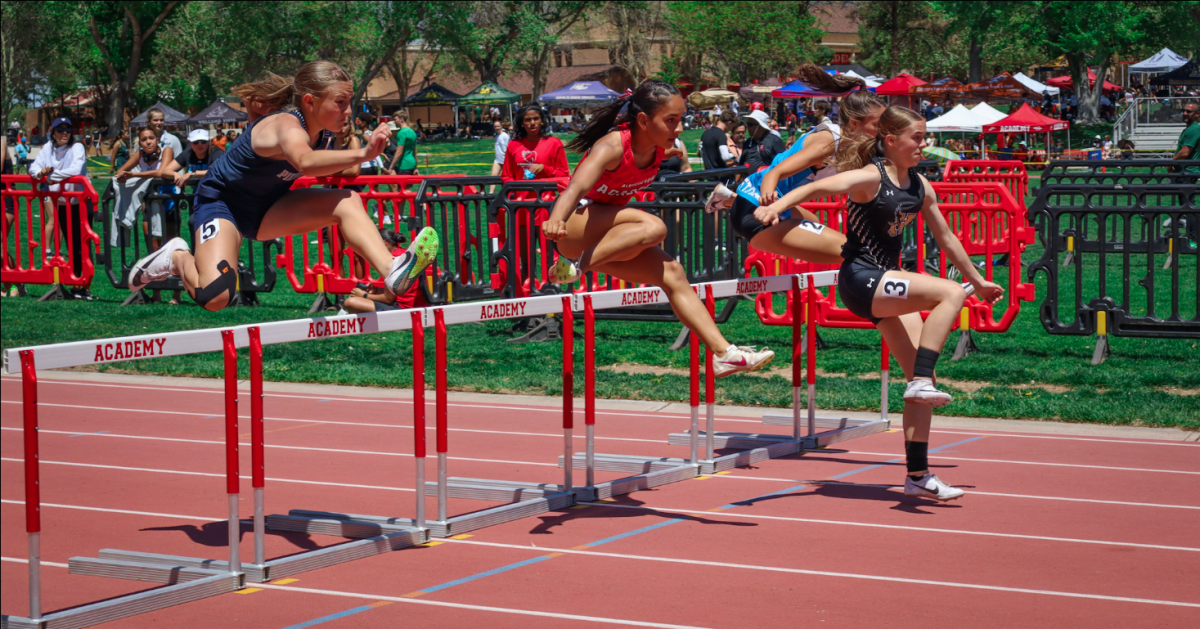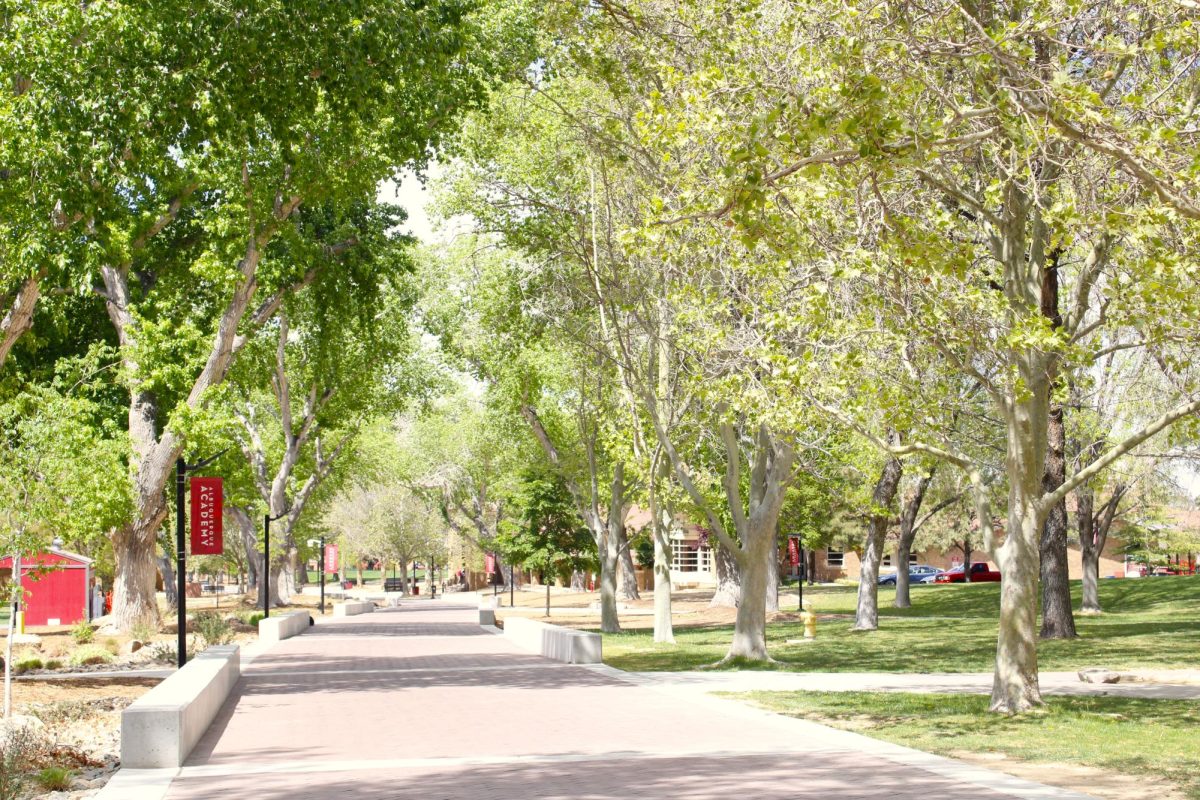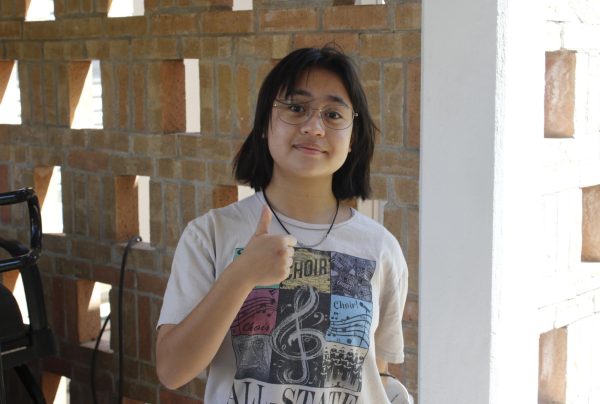The Lunar New Year is the beginning of a new year based on the lunar calendar. It starts when the first new moon of the year is seen. The Lunar New Year is generally celebrated in Asia around mid-January to mid-February. This year, the holiday fell on February 11th. Albuquerque Academy commemorated the Lunar New Year with a Lion Dance parade on February 7.
The Lion Dance has been a way to celebrate the Lunar New Year for thousands of years and has a rich history behind it. Lions are believed to be symbols of bravery and strength, and the Lion Dance is performed to keep evil spirits and misfortune at bay. In many dances, the lions are shown overcoming obstacles in their way and receiving something of value – like cabbage for good luck and prosperity, or money.
There are many folktales that claim to explain the origins of the Lion Dance. One such story goes that there was a monster that would visit a village in China every year around Lunar New Year, and destroy buildings and crops. One year, a traveler passed by, and showed the villagers how to keep the monster at bay by making loud noises and wearing the color red, which would scare away the monster. They performed these actions every year, and the ritual eventually evolved into the Lion Dance.
The celebration of the Lunar New Year in China is similar to how Thanksgiving and Christmas are celebrated here in the U.S. Families come together to celebrate with food, nice clothing, and gifts. Traditionally, people will wear the color red and parents give red envelopes filled with money to their children as a symbol of good luck. Families will often have a feast on Lunar New Year’s Eve, typically having fish, meat, rice, and vegetables. After the meal, everyone gathers around and prays with incense to make a wish for the coming year.
As we know, traditions evolve and change. As parent Mamie Chan said, “It’s different in New Mexico because in China, it’s typically a two-week event. In America, we usually ‘Americanize’ the dates to how we want it. It changes and adapts to modern life.” For example, typical Lion Dances have firecrackers. However, many in the Academy community are pleased with the school’s efforts, as events like this help to cultivate cultural diversity.
Like any place rooted in tradition, the Academy must acknowledge our community’s various heritages while paving the way toward the future. The SDLC is committed to supporting diversity and inclusion efforts like this year’s parade.


